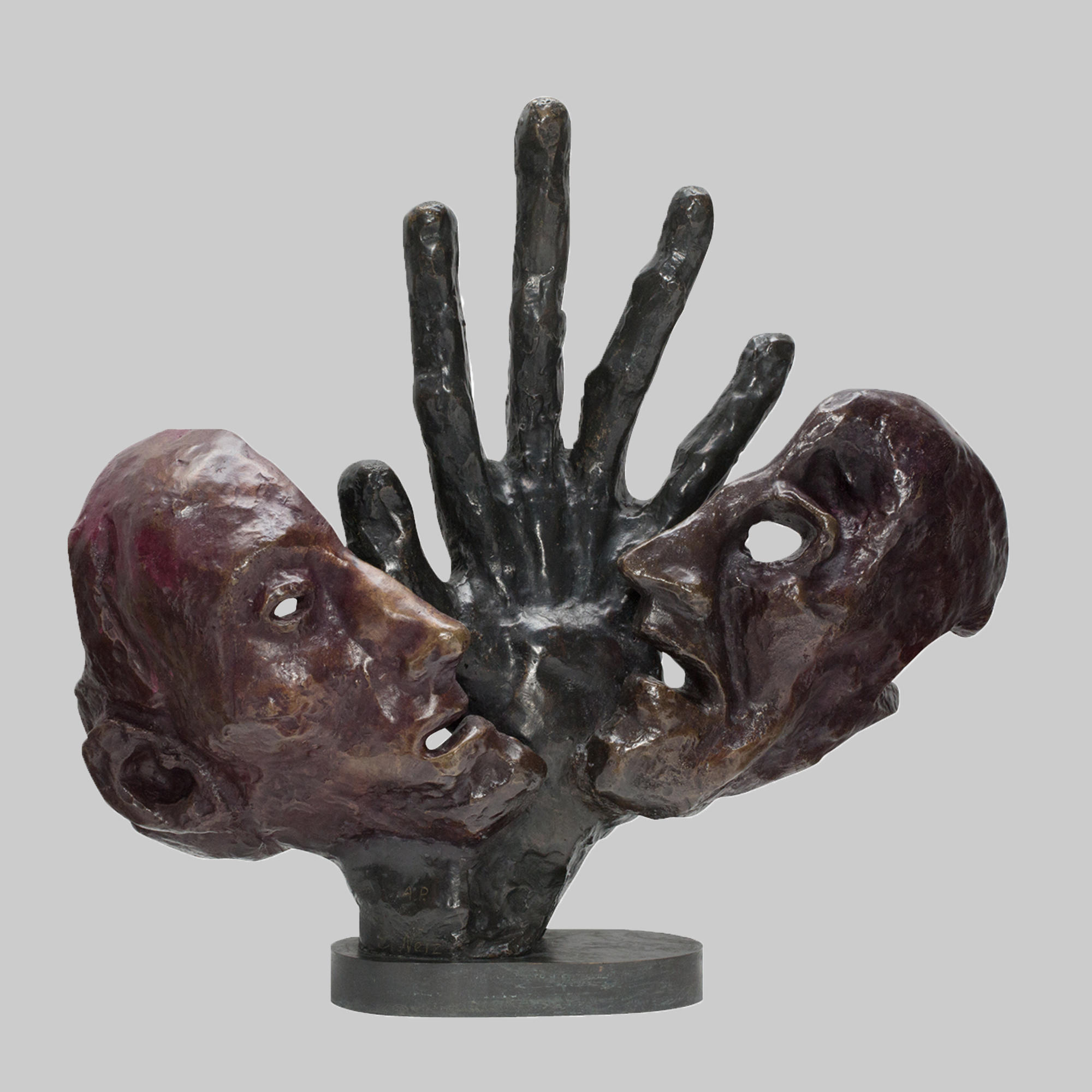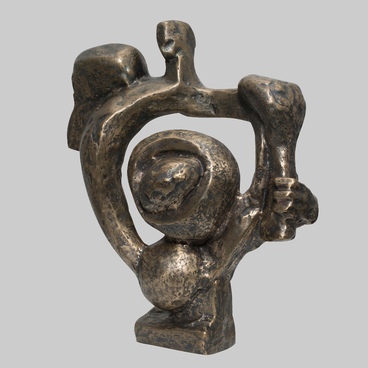The sculptures of Ernst Neizvestny reflected the most relevant ideas and problems of the 20th century. Atomic explosion is a threefold composition, the elements of which are combined in an allegorical form. The composition evokes a whole range of emotions and feelings, each viewer understands this work in his own way, with every new look at the work, new facets and subtleties that were previously unnoticed open up.
The sculpture is dedicated to the tragic events that occurred in Japan in August 1945: explosions in the cities of Hiroshima and Nagasaki. In Hiroshima, the most devastating explosion in the history of mankind thundered, about 100 thousand people died in the disaster.
In the year that Ernst Neizvestny worked on his famous sculpture, another terrible event occurred - the first radiation accident in the Soviet Union. On September 29, 1957, a container with radioactive waste exploded. This happened on the territory of the Mayak chemical plant, in the closed city of Chelyabinsk-40 (now it is called Ozersk). Subsequently, this catastrophe was called the Kyshtym accident, it belongs to the 6th level of the catastrophe out of 7 possible and is considered the third with the most severe consequences in the world.
Ernst Iosifovich himself said that it was the war that made him look at art, including sculpture, in a new way, from a different angle.
Ernst Neizvestny formed his own attitude towards art of sculpture in the second half of the 1950s, when the great master survived a clinical death, and after that an amazing return to life and healing from mutilation. Such unbelievable experience left an indelible mark on the mind of the author and can be traced in many of his works. In post-war sculptures, the bodies and faces of people undergo dramatic metamorphoses. The measure of all things is death and unbearable pain, and the opposing power of the human spirit has become the main motive celebrated by Ernst Neizvestny.
In the sculpture Atomic explosion, the master shows hands as a symbol of a man. The hand, as if constrained by pain and cramp, ‘tears apart’ the faces of the young man and the old man, burned with furious fire, breaks through between them. With such an allegory, the author shows that the atomic bomb was created by human hands.
The sculpture is dedicated to the tragic events that occurred in Japan in August 1945: explosions in the cities of Hiroshima and Nagasaki. In Hiroshima, the most devastating explosion in the history of mankind thundered, about 100 thousand people died in the disaster.
In the year that Ernst Neizvestny worked on his famous sculpture, another terrible event occurred - the first radiation accident in the Soviet Union. On September 29, 1957, a container with radioactive waste exploded. This happened on the territory of the Mayak chemical plant, in the closed city of Chelyabinsk-40 (now it is called Ozersk). Subsequently, this catastrophe was called the Kyshtym accident, it belongs to the 6th level of the catastrophe out of 7 possible and is considered the third with the most severe consequences in the world.
Ernst Iosifovich himself said that it was the war that made him look at art, including sculpture, in a new way, from a different angle.
Ernst Neizvestny formed his own attitude towards art of sculpture in the second half of the 1950s, when the great master survived a clinical death, and after that an amazing return to life and healing from mutilation. Such unbelievable experience left an indelible mark on the mind of the author and can be traced in many of his works. In post-war sculptures, the bodies and faces of people undergo dramatic metamorphoses. The measure of all things is death and unbearable pain, and the opposing power of the human spirit has become the main motive celebrated by Ernst Neizvestny.
In the sculpture Atomic explosion, the master shows hands as a symbol of a man. The hand, as if constrained by pain and cramp, ‘tears apart’ the faces of the young man and the old man, burned with furious fire, breaks through between them. With such an allegory, the author shows that the atomic bomb was created by human hands.




